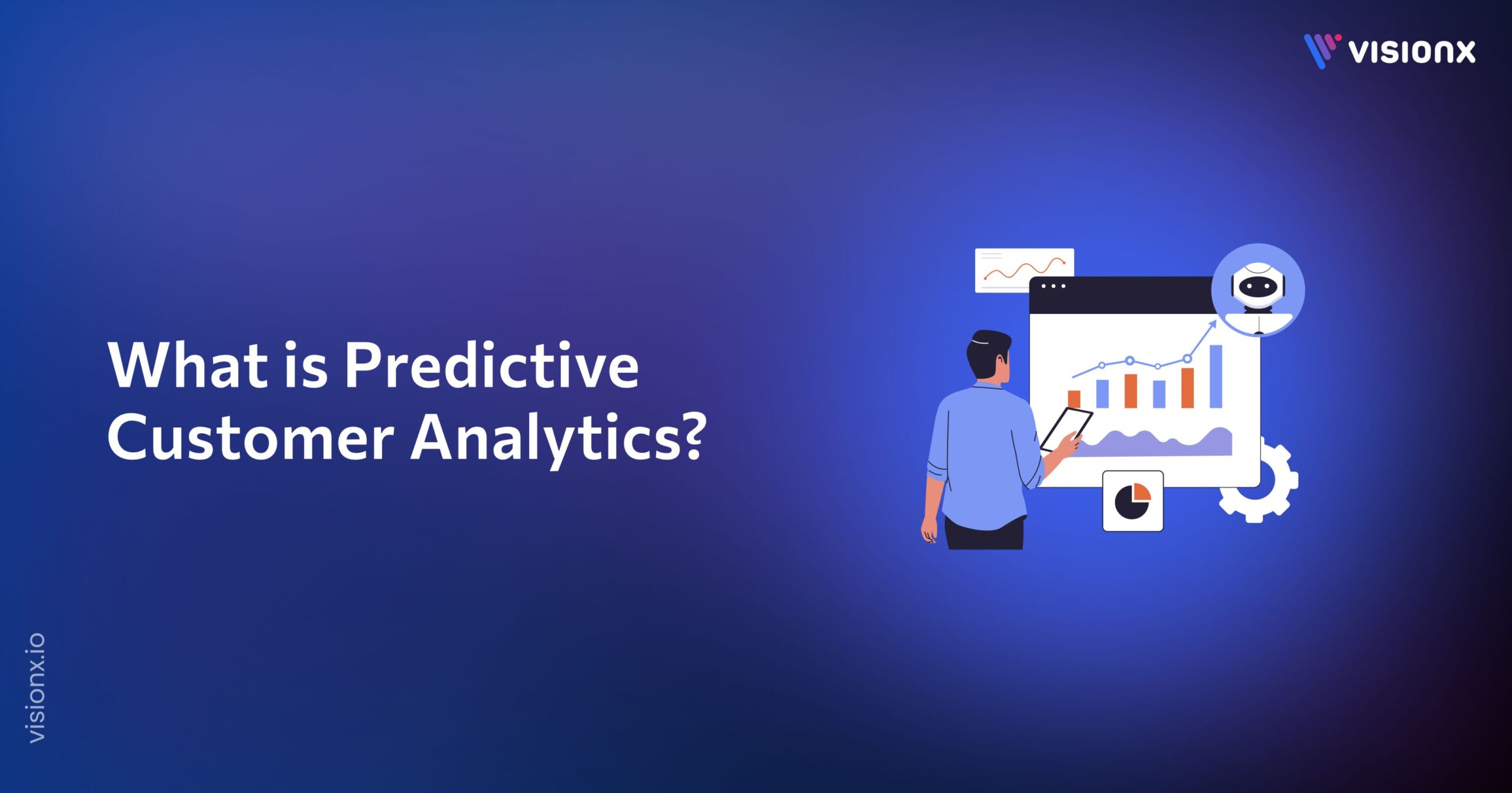Data generation and handling will severely affect the present data-centric world, and it is predicted that the amount of generated data will rise to 182 zettabytes by 2025. Organizations’ growth depends on this data, which makes people’s lives more manageable.
However, most data still needs to be more structured, making it challenging for organizations to use it efficiently. It is where data parsing becomes relevant. But what does it mean? And how exactly does it work?
In this blog, we’ll explore the concept of data parsing, its types, importance, process steps, challenges, best practices, and real-life examples.
What Does Data Parsing Mean?
Data parsing translates data from one format into another for easier use in a computer system or application. It is similar to a foreign language translated into your native language.
Data parsing includes splitting a complex data structure up into smaller and more understandable units, extracting relevant content from it, and reformatting the result into a structured standard such as JSON, XML, or CSV.
Data parsing has become essential for practically every field: it provides web development and data analysis with software development services.
Through the transformation of raw data into a consumable format, data parsing allows organizations to make informed choices, simplify their processes, and obtain an edge in the face of data-centric competition currently witnessed worldwide.
What Makes Data Parsing Essential?
Data Integration:
Parsing allows for the seamless integration of data from different sources. By transforming diverse data formats into a uniform structure, it facilitates the merging and analysis of data.
Parsing unifies data, making it easier to gather and understand. This results in more precise insights and well-informed decision-making.
Data Cleaning:
It assists in locating and fixing data mistakes, guaranteeing the dataset’s accuracy and dependability, and enabling prompt rectification. Enabling prompt rectification helps maintain high data quality and prevents issues affecting downstream processes and insights.
Data Transformation:
Parsing enables data conversion from one format to another, making it suitable for different applications and systems. This conversion is essential for integrating data between various workflows and platforms, allowing for smooth data interchange and interoperability.
Parsing transforms data into a format that satisfies specific needs, improving its usefulness and efficacy in many settings and applications.
Automation:
Automated systems rely heavily on data parsing to interpret and act on incoming data without human intervention. By converting raw data into structured formats, these systems can quickly interpret and act upon the information, making real-time decisions and executing predefined actions.
This reliance on automated parsing enhances efficiency, minimizes the possibility of human error, and permits faster and more consistent responses to dynamic data inputs.
Scalability:
Automated parsing methods can efficiently handle large volumes of data, making them suitable for big data applications and scalable solutions. These approaches handle and analyze data at scale using sophisticated algorithms and parallel processing techniques, guaranteeing prompt and precise results.
Organizations can extend their data solutions to meet increasing demands by automating the parsing process without sacrificing quality or performance.
Consistency:
Applying the same parsing rules or algorithms ensures consistent data handling across different datasets and applications. This consistent strategy produces consistent and dependable results by preventing inconsistencies and errors that could emerge from using different parsing techniques.
Maintaining consistency in data management also makes integration and analysis more accessible, improving the data’s overall quality and usefulness.
How Does Data Parsing Work?
Here’s a step-by-step guide to the data parsing process:
1. Linguistic Analysis:
The first step in parsing involves textual analysis, where the input data splits into smaller units called tokens. Depending on the parsed data type, we use tokens such as words, numbers, or symbols.
After scanning the input data, a lexer (known as a tokenizer) classifies each token based on pre-established rules.
2. Syntax Analysis:
The tokens are analyzed using linguistic analysis and then passed to a syntax analyzer, who checks them against grammatical rules to ensure they form a valid sequence.
It entails building a syntax tree to reflect the hierarchical structure of the incoming data. Every node in the tree represents a construct occurring in the original data.
3. Semantic Analysis:
In semantic analysis, we check the meaning of the parsed data to ensure it makes sense and complies with the domain’s rules and restrictions.
This step may involve type checking, ensuring operations are performed on compatible data types, and enforcing constraints such as variable declaration before usage.
4. Intermediate Code Generation:
Sometimes, the parsed data is transformed into an intermediate representation so the computer can work with it more easily. This intermediary code connects the machine-level commands and the high-level data.
5. Optimization:
Optimization involves improving the intermediate code to make it more efficient. It can include eliminating redundant operations, simplifying expressions, and enhancing performance.
6. Code Generation:
The last stage of data parsing involves creating the output in the required format. This format could be appropriate for the intended purpose, such as machine code for execution or a modified dataset for analysis.
What’s the Job of a Data Parser?
The work of a data parser entails taking raw, unstructured, or semi-structured data and categorizing it into a form that can be understood and manipulated by the software applications. Such parsers make their analyses on input data to extract the needed elements and reformat them into structures such as JSON, XML, or a database-ready field.
The following are the major roles played by a data parser:
- Understanding different forms like text, CSV, JSON, XML, and logs.
- Finding, identifying, and extracting the required data points out of raw inputs.
- Exporting the extracted data into classified formats.
- Detecting and resolving anomalies and inconsistencies in data formats.
- Automation of repetitive tasks in parsing to transform.
Data parsers play a critical role in systems where seamless communication between different formats and applications is necessary, such as web scraping tools, log analyzers and APIs.
Types of Data Parsing:
There are two main methods for parsing data,
-
Grammar-Driven Parsing:
Grammar-driven parsing relies on predefined grammar rules to structure the data. This type of parsing works best for tasks with well-defined structures, such as programming languages or formal data formats. It employs predetermined syntactic rules to process input.
It involves breaking the data into smaller components and creating a parse tree to symbolize the hierarchical structure.
Based on these rules, methods like regular expressions and context-free grammars parse and validate the input.
-
Data-Driven Parsing:
When working with unstructured or confusing data, data-driven parsing can help identify patterns and structures by applying statistical models or machine learning tools.
This approach adapts to varying data formats, and researchers commonly use this approach in natural language processing, where the data structure might not follow various definitions.
Data-driven parsing uses statistical techniques and machine learning tools to identify recurring patterns within data, enabling the extraction of valuable information for various applications such as text analysis, image recognition, and financial data processing.
Comparison of Manual vs. Automated Parsing
| Aspect | Manual Parsing | Automated Parsing |
| Definition | Parsing data manually through scripts or human effort. | Using specialized tools or software to parse data. |
| Speed | Slower, time-intensive process. | Faster, capable of handling large datasets quickly. |
| Accuracy | Prone to human errors and inconsistencies. | High accuracy when configured correctly. |
| Cost | Lower initial cost but higher long-term labor costs. | Higher initial cost for tools but cost-effective in the long run. |
| Maintenance | Requires frequent manual updates. | Requires occasional updates to tools and settings. |
| Use Cases | Best for small or one-off tasks. | Ideal for repetitive, large-scale, or complex tasks. |
Challenges in Data Parsing:
Data parsing often presents several challenges. Here are some common ones.
Inconsistent Data Format:
Data frequently comes from several sources, each with its own format. Because of this variance, standardization is difficult because parsers need to be adaptable enough to handle various file types, delimiters, and structures.
Missing or Incomplete Data:
Datasets frequently contain missing values or incomplete records, hindering parsing and subsequent analysis. Strategies like data imputation, interpolation, or discarding incomplete records may be necessary to handle these issues effectively.
Complex Nested Structure:
Parsing data formats with deeply nested structures, like XML and JSON, can be challenging. Sophisticated algorithms and cautious handling are necessary to correctly navigate and extract information from these nested layers and prevent errors.
Performance Optimization:
Reducing the time and computational power needed to handle big, complicated datasets is essential to improving data parsing speed. Techniques for resource management, parallel processing, and practical algorithms can all help achieve this.
Security Concerns:
Security dangers can occur when parsing data from external or untrusted sources, including injection attacks and data leaks. Strong validation, sanitization, and error-handling procedures are imperative to reduce these risks and guarantee the secure processing of data.
Best Practices for Data Parsing:
Validating Input Data:
Before parsing, it is essential to validate input data to ensure it complies with the required format and quality standards. It entails ensuring that the data is accurate, consistent, and complete.
Verifying input data can help you avoid errors spreading across the system, for instance, when it has issues like missing numbers, wrong formats, or inconsistency.
Choosing the right tool for the job:
Choose the right tool or library for parsing based on the task and data type’s requirements. Well-known libraries focusing on dependability and performance are pandas for CSV, XML for XML, and JSON for JSON.
Using the appropriate tool can simplify the parsing process, prevent errors, and increase efficiency. Selecting tools that are extensively used, actively maintained, and well-documented is crucial.
Effective Error Handling and Debugging:
Problem management and resolution during parsing depend on implementing robust error handling and debugging systems. The following entails employing try-catch blocks, recording and logging thorough error messages, and giving users insightful feedback.
Effective error management facilitates prompt problem identification and resolution, guaranteeing robust and dependable parsing. Step-by-step execution and examining intermediate outcomes are two debugging techniques and tools that can help troubleshoot and improve the parsing algorithm.
Enhancing Efficiency:
Improving the effectiveness of data parsing necessitates using effective methods and algorithms to manage big datasets and intricate data structures. It involves memory management techniques, batch processing, and parallel processing to reduce parsing time and resource usage.
Profiling and benchmarking can help find bottlenecks and potential improvement areas in the parsing process. Enhancing efficiency allows the parser solution to manage growing data volumes without sacrificing accuracy or speed.
Real-World Examples:
Here are some examples of data parsing from the real world.
Web Scraping:
By parsing HTML data, web scraping technologies gather valuable website data, such as product prices, reviews, and contact details.
Log File Analysis:
Parsing log files provides insights into user behavior, issue detection, and system performance monitoring and analysis.
Data Migration:
Parsing guarantees that data is appropriately translated and integrated into the new system during data migration.
Natural Language Processing (NLP):
NLP programs, which parse human language to comprehend and produce text, make sentiment analysis, language translation, chatbots, and other features possible.
Final thoughts:
Data parsing is an essential step in computer programming and data management. It allows for efficient data integration, cleaning, transformation, automation, scalability, and consistency by splitting complicated data into smaller, easier-to-manage components.
Anyone working in data research, software development, or any other profession requiring precise and effective data processing must have a solid understanding of data parsing.
Understanding the ins and outs of data parsing will improve your capacity to interact with data in significant and influential ways, regardless of whether you’re evaluating online data, transferring databases, or creating sophisticated NLP apps.
VisionX: Your Partner in Data Extraction
VisionX provides OCR services that enable faster and more accurate data processing and extraction. Our solution handles diverse data formats, ensuring seamless data extraction and conversion to meet specific business needs. With VisionX, you can turn your documents into usable data, streamline your workflows, and boost productivity.
FAQs
What is an example of parsing?
Parsing a JSON file to extract certain values from the output of an API User, like their name and email, is an example of parsing.
How do you parse data?
To parse data, first check the structure of the data, identify and acquire it, and then parse it into a better format, such as JSON or CSV. This can be done through programming languages like Python or through performing activities using tools specifically designed for the task.
What is data parsing in ETL?
Data parsing involves extracting raw data from sources like logs or files, converting it into a structured format, and preparing it for transformation and loading into a database in an ETL process (Extract, Transform, Load).
What is data parsing in SQL?
In SQL, data parsing is the process of processing strings or data fields to extract valuable information, such as using functions on strings to split names or filter records based on pattern matches.


